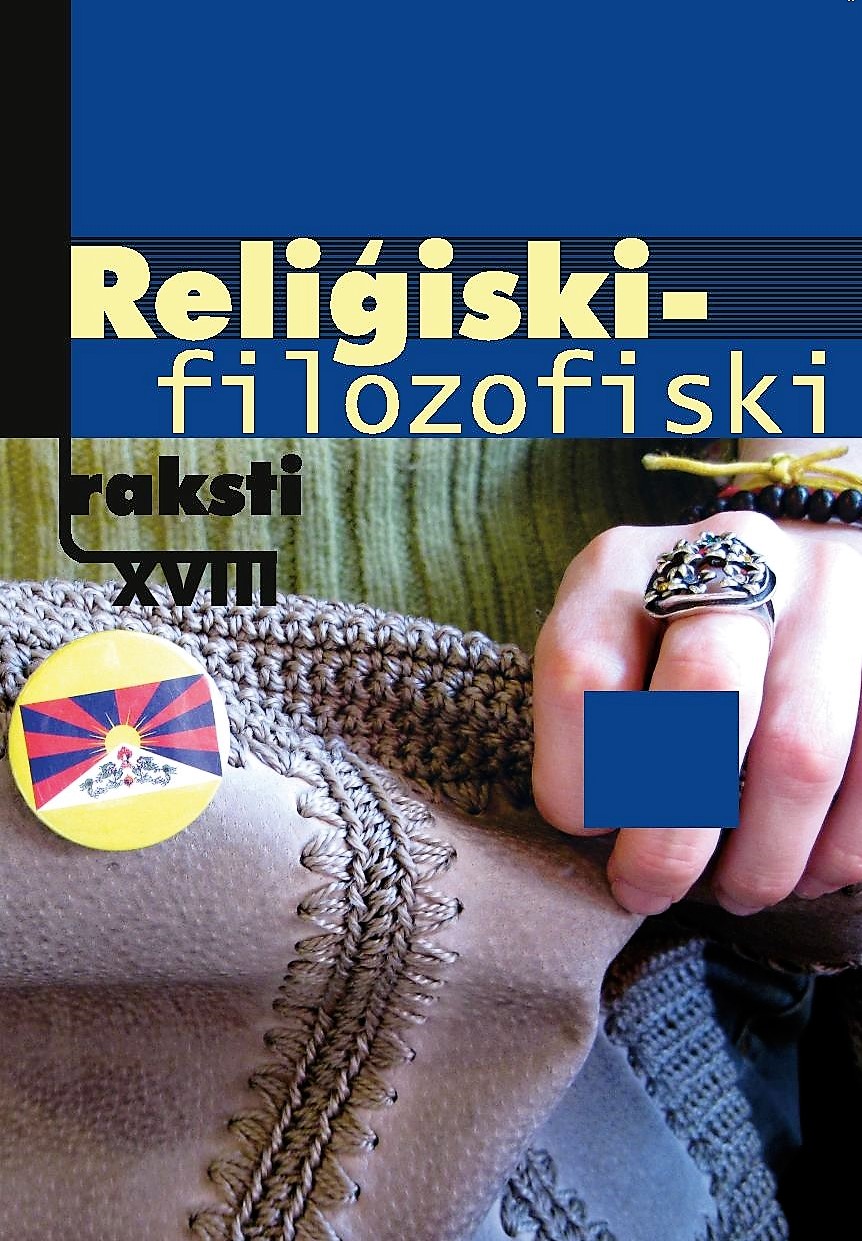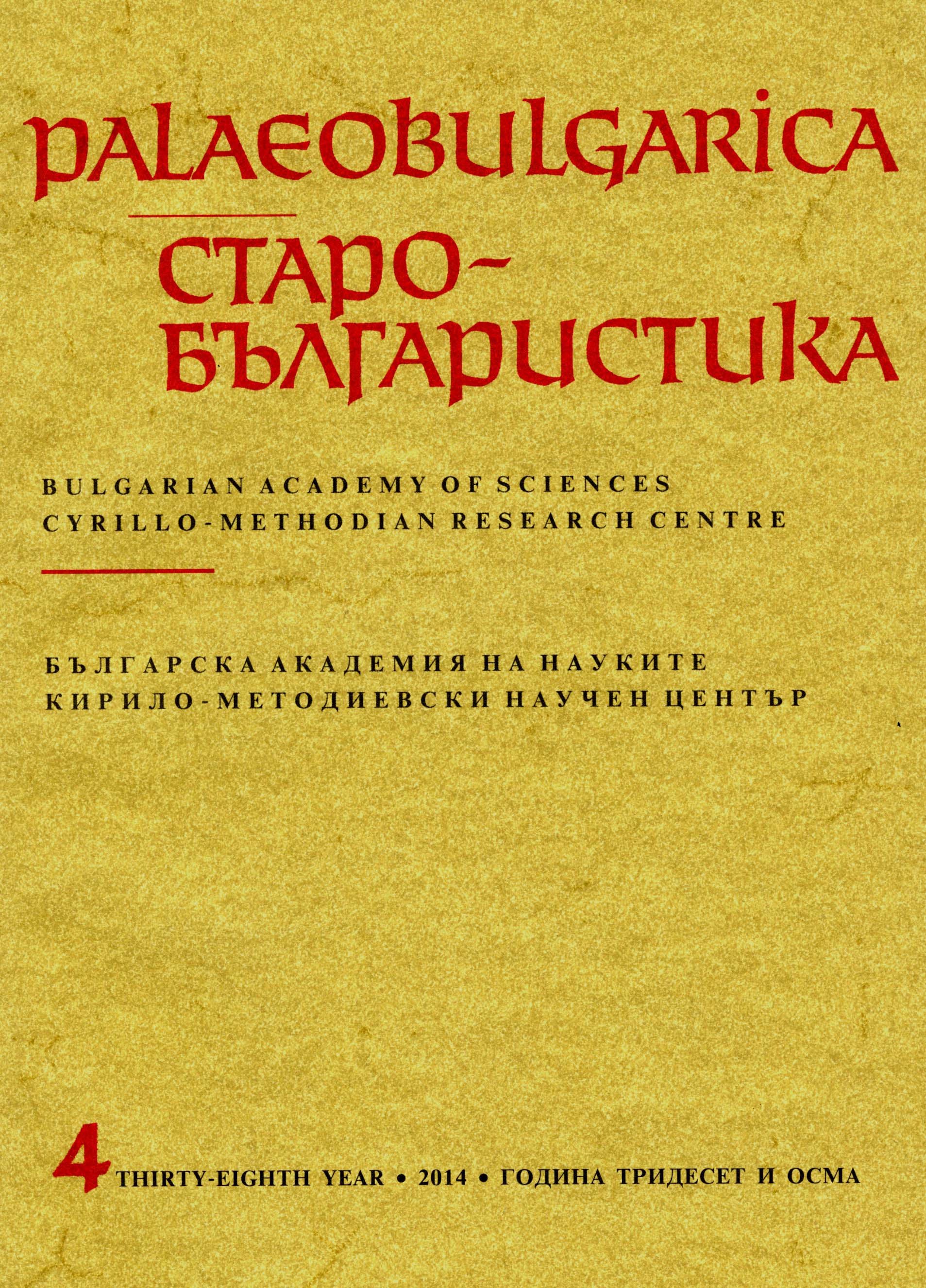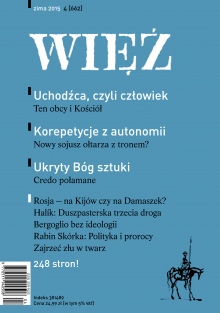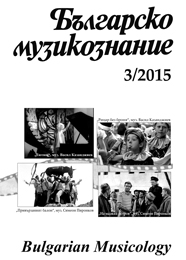
Jugendreligion und Zweireichelehre
The evolution of individual religious experiences nowadays is regularly described by theories of subsequent “stages of faith” (Fowler, Oser et al.), which presuppose, generally speaking, a development from child religious heteronomy to adult religious autonomy. Descriptions based on these theories could be read as histories of gradual individual progress leaving not much space for sharp fractions or the unforeseen. But these sharp fractions seem indeed to occur, and there is a significant probability for a specific youth receptivity for ideas with messianic connotations, i.e. ideas presupposing the possibility of a “new world” achievable by and within religious communities. The “Islamic State of Iraq and the Levant” or the religious youth movements of the 1970s may serve as examples. If we ask the question how to assess this sort of youth receptivity, we should turn not only to psychology or pedagogy, but also to theology, which has long experiences of millenarism. It emphatically, in all its main denominations, rejects millenarism, but at the same time does not ignore the problematic relationship of between “world” and millenaristic parishioners. Here Martin Luther’s Doctrine of the Two Kingdoms provides us with some basic insights: a) both parts, world and millenaristic parish, have a legitimate right to existence on the premise of mutual recognition, b) not the division between them should be emphasized, but their mutual replenishment, thus encouraging useful cooperation, and c) Luther’s eschatological reservation slows down any dynamic of messianic religiosity, and thus supports a rather existentialist and individualistic, less harmful understanding.
More...


